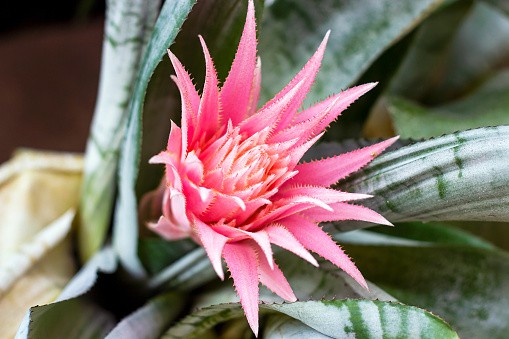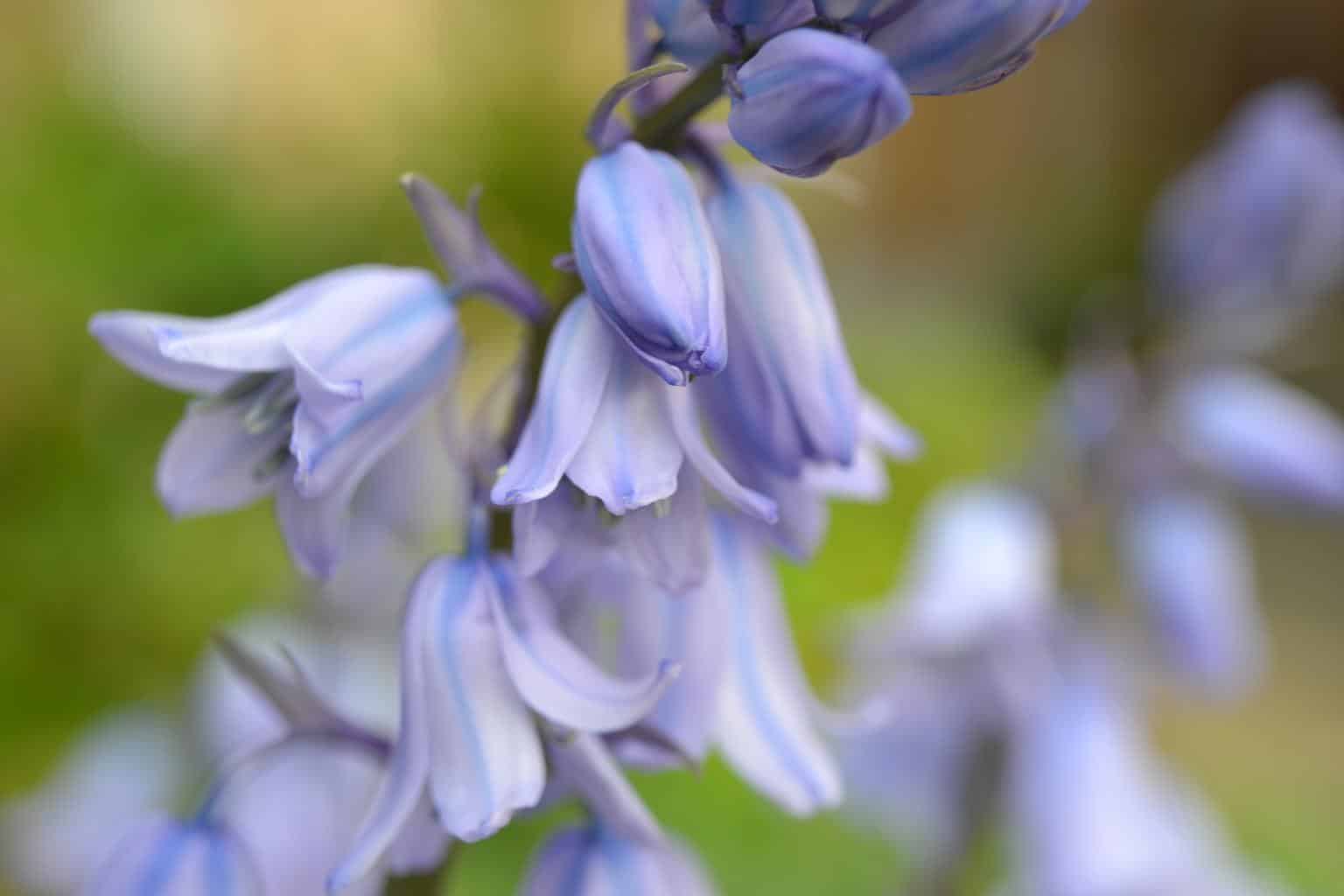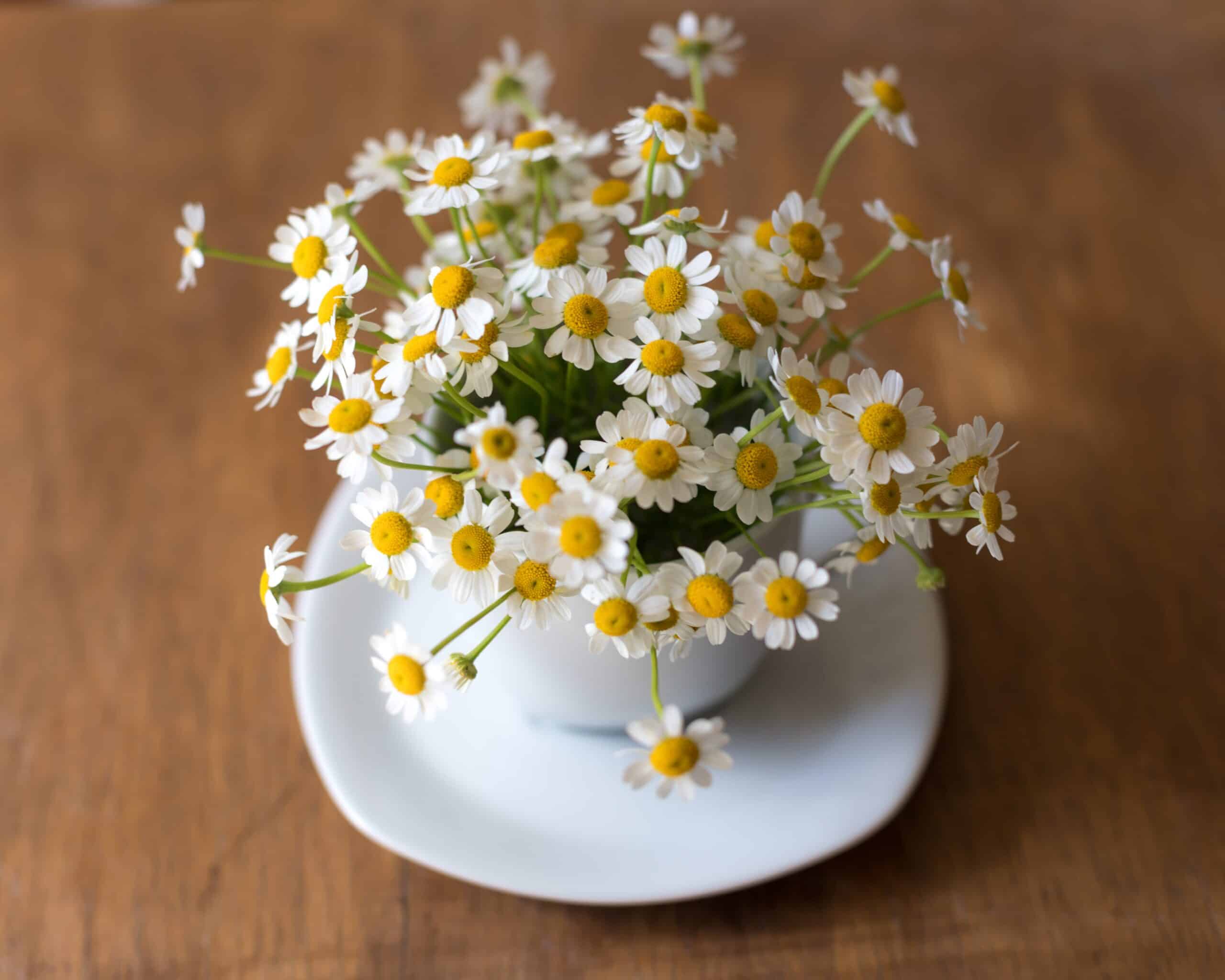Urn Plant, also known as Aechmea fasciata, is a striking tropical plant that is prized for its unique appearance and ease of care. This popular houseplant is a member of the bromeliad family and is native to Brazil. Its stunning rosette of arching leaves and long-lasting flower spikes make it a favorite among plant enthusiasts. In this article, we will take a closer look at Urn Plant and explore its fascinating characteristics, care requirements, and how to grow and propagate this beautiful plant.
How to Plant
The Urn Plant, Aechmea Fasciata, is a tender evergreen perennial that grows in an urn-shaped rosette of arching silver and green leaves. When the plant reaches three years old, it produces a single, stunning flower spike surrounded by pink bracts and purple flowers. This display is mesmerizing and able to last for several months, while also producing offsets. The Urn Plant can reach a height of three feet and prefers some amount of shade to reach its full potential.
In order to ensure your Urn Plant grows large and lush, it is important to pay attention to its environment. The ideal location is one that is sunny or shaded and where the plant will not experience too much wind. When it comes to soil, this plant does best in a moderately fertile and well-drained soil. It prefers a soil with a slightly acidic pH of 5.5–7.0 and can also be grown in containers that use a light to medium potting soil.
Most importantly, the Urn Plant needs to be watered regularly during its active growing season, which is typically spring to fall. Make sure that the water you use is not too cold as it may shock the plant and ensure that the plant is well-draining as standing water can cause root rot.
Meaning and Symbolism
The Urn Plant has a few names associated with it, including Aechmea Fasciata, Silver Vase, and Urn Leaf. The name “Aechmea” is derived from the Greek language and translates to mean “spike”, and is a reference to the startlingly beautiful flower spike the plant produces. “Fasciata” is derived from the Latin, translating to “banded”, and is an obvious reference to the banded foliage this plant is known for.
In the Victorian era, the Urn Plant was a token of admiration for the one you love and remains a symbol of joy and long-lasting friendships.
History, Mythology, and Religious Significance
The Urn Plant has been around for quite some time and has been documented in Japan since 1894. These plants grew naturally in rainforests and would often be coveted by civilians, which led to the eventual creation of the cultivation that we have today.
In terms of religious significance, the Urn Plant was worshiped by the Chinese in ancient times, representing the concept of ‘Yin and Yang’, which is the balanced interplay of opposites. The silvery-green foliage of the plant symbolized the feminine (Yin) and the bright pink flower spike the masculine (Yang).
Flower Varieties and Their Defining Characteristics
The Urn Plant is a member of the Bromeliaceae family and is typically considered a perennial. This lovely plant is available in a few different varieties, which are:
1. Urn Plant ‘Big Ruby’ – This variety boasts an intense pink flower spike with purple flowers and is a bit stockier than the original, growing up to four feet tall. It prefers higher light levels and can be grown outdoors in hardiness zones 8 to 10.
2. Urn Plant ‘Chachi’– A hybrid variety that displays a bright pink flower spike with purple flowers and intense red/pink foliage. It is smaller in size, only reaching two to three feet tall and does not need as much light as the ‘Big Ruby’ variety.
3. Urn Plant ‘Volcano’– Reaching a height of two feet, this variety is excellent for gardening in containers. It displays a flower spike of multicolored bracts and pink/lavender flowers. It prefers more shade than the other varieties.
How to Pot and Repot
Due to its large size, the Urn Plant is best suited for growing in pots when kept indoors. When selecting a pot, make sure to pick one that is at least twice the size of the root ball as it needs plenty of room to develop its rosette. A potting mix with a good drainage is recommended; avoid using plain soil.
When repotting, start by gently removing the plant from its current pot and shake off any excess soil. Examine the roots and if they are large enough to be wound around the pot, it may be time for repotting. After that, set your Urn Plant in the new pot and add enough potting soil for it to stay in place. Water it lightly and it is ready for display.
How to Prune
As with most flowering plants, pruning is an important part of maintaining your Urn Plant. The plant will benefit from periodic pruning of any wilting or dead leaves, as well as to keep the overall shape of the plant looking nice and neat. Note that pruning should be done in the early spring and should be done lightly, as the plant needs to be able to absorb enough energy from the sun to prepare for the flowering season.
It is not advised to prune the flower spike of the Urn Plant. Doing so may result in the plant taking a long time to recover before producing the beautiful flower spike again.
How to Propagate
If you are looking to propagate your Urn Plant, the easiest way to do so is through offsets. These are small plants that appear at the base of the main stem and should be removed carefully with a clean and sharp knife. Place these offsets in a pot with a well-draining cactus mix and maintain the potting soil until new growth is visible.
In addition to offsets, you can also propagate the Urn Plant through seed dispersal. As the plant matures, it will produce small, dried fruits that contain seeds inside. To propagate, you will need to collect the seed pod, sow it in moist soil, and place it in a bright area. Though this method will take quite a bit longer than offsets, it is a viable way to reproduce the Urn Plant.
Common Pests and Diseases
The Urn Plant is relatively resilient and hardy, but like any other plant it can become susceptible to various pests and diseases. Common pests to look out for are aphids, scale, mealybugs, and whiteflies, all of which can be treated with an appropriate pesticide or insecticide.
In terms of diseases, the Urn Plant is most susceptible to root rot and gray mold. The former is caused by waterlogged soils, while the latter is caused by spores present in the air. To treat root rot, make sure to remove any damaged roots and ensure that the soil has proper drainage. Gray mold can be treated with an appropriate fungicide.
Frequently Asked Questions
Q: Where can I find the Urn Plant?
A: The Urn Plant is widely available in garden centers, flower shops and nurseries in many countries.
Q: Does the Urn Plant prefer sun or shade?
A: The Urn Plant prefers some shade as it does not do well in full and direct sunlight.
Q: When should I water my Urn Plant?
A: During its active growing season, from late spring to early fall, your Urn Plant should be watered regularly, making sure to avoid too cold water and waterlogging.
Table Fact Sheet
| Urn Plant | Aechmea Fasciata |
|---|---|
| Family | Bromeliaceae |
| Plant Type | Perennial |
| Mature Size | 3 feet tall |
| Sun Exposure | Some shade |
| Soil Type | Well-draining, light to medium potting soil |
| Soil pH | 5.5 – 7.0 |
| Bloom Time | Spring to Fall |
| Flower Color | Pink and purple |
| Hardiness Zones | 8 to 10 |
| Native Area | Rainforests |
What we love from Amazon this week
Buy these wonderful flowers directly from Amazon:















